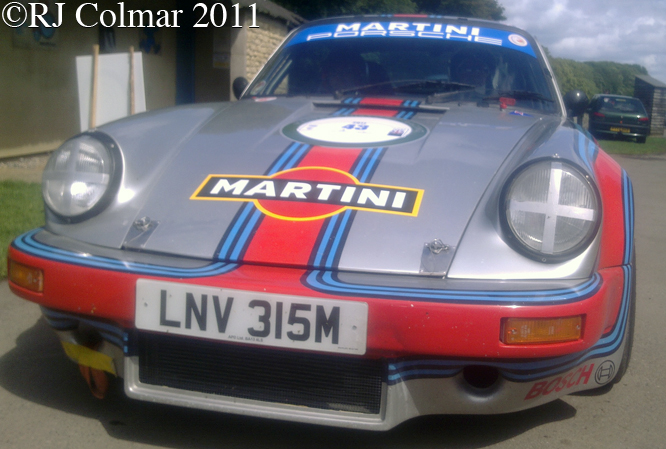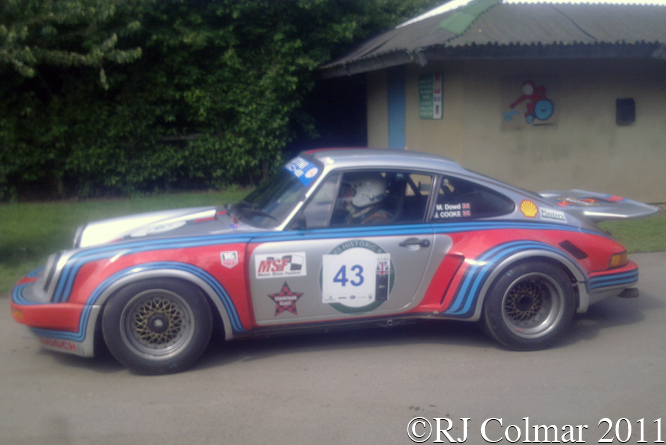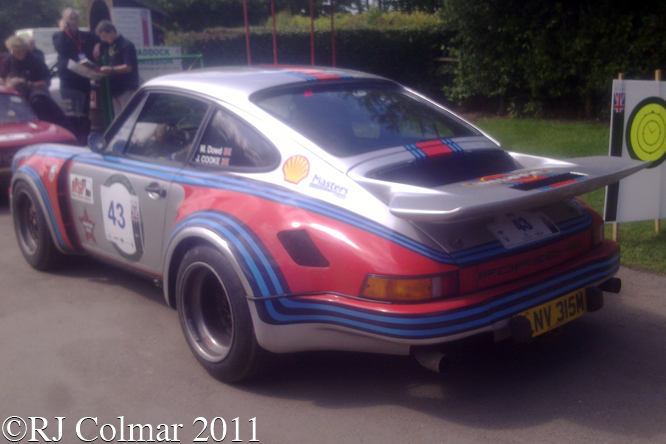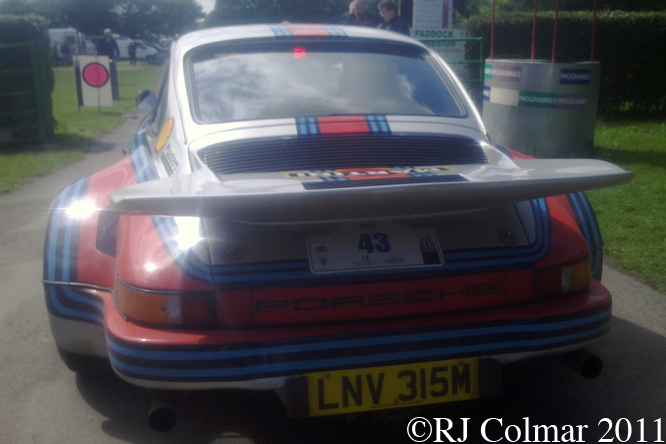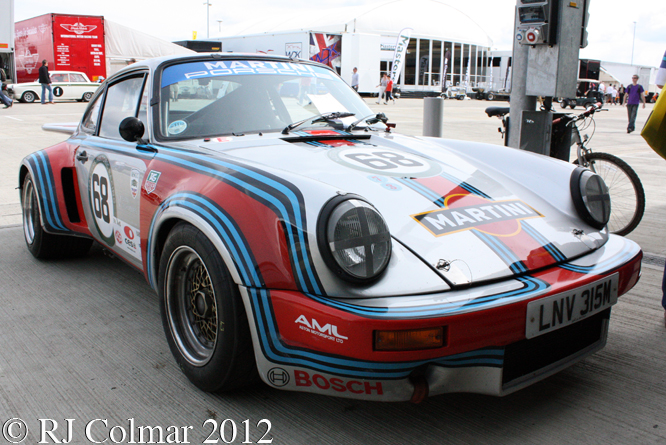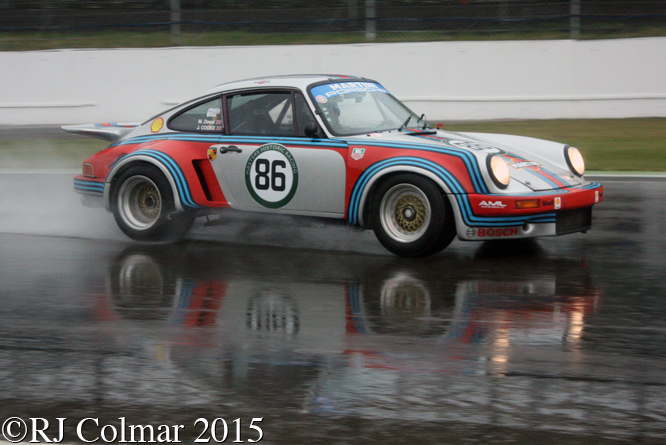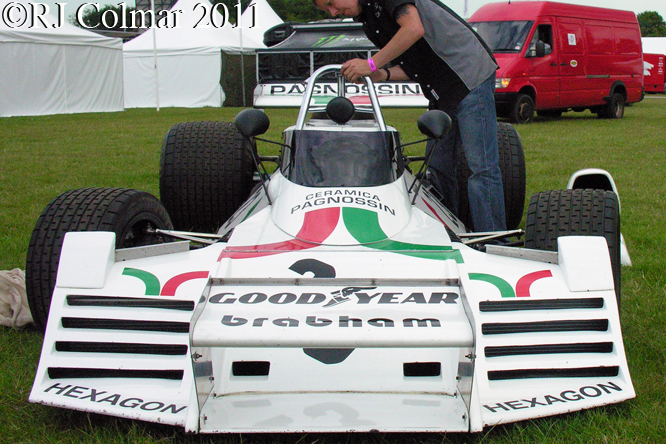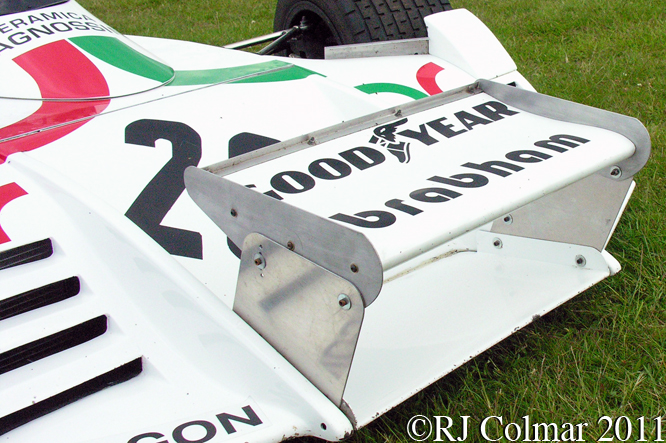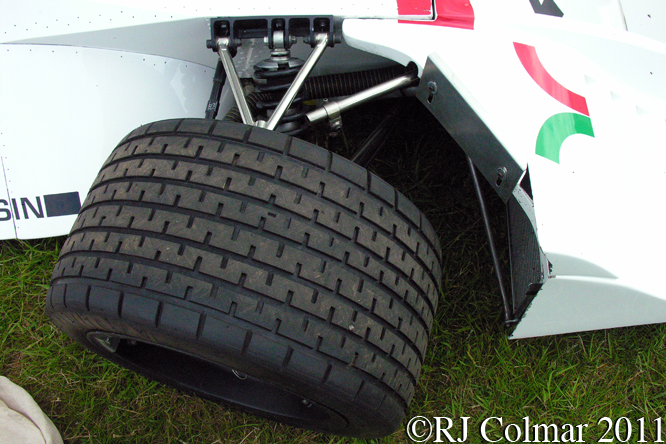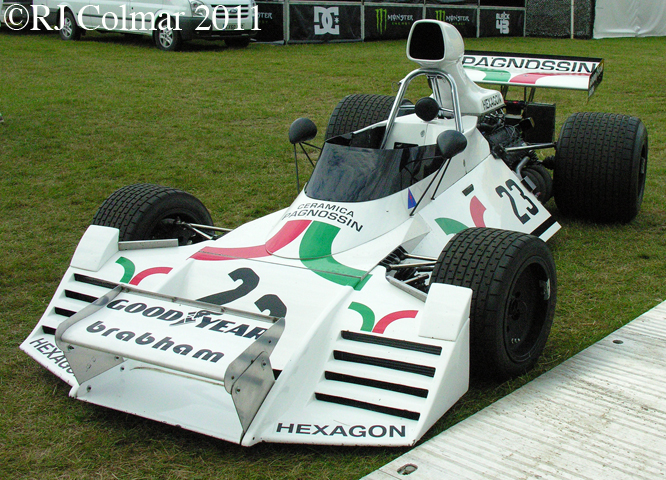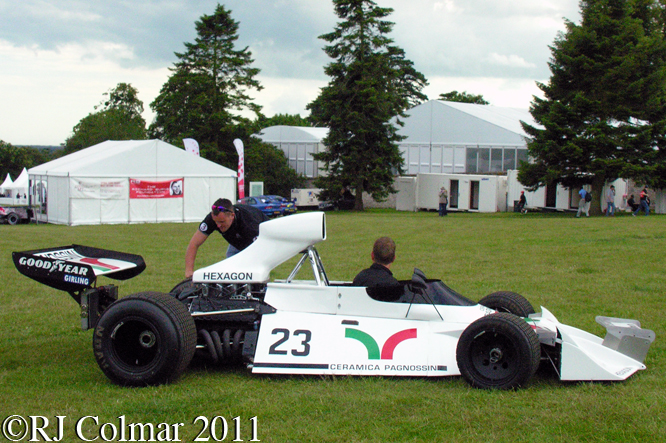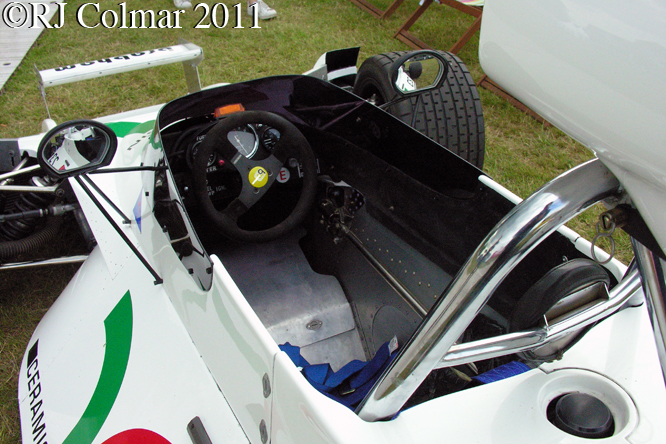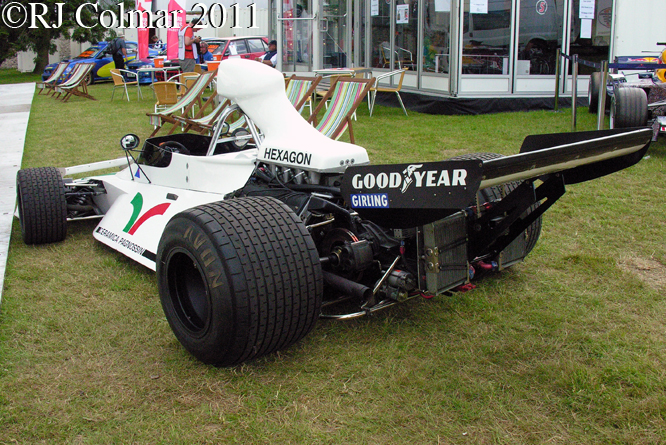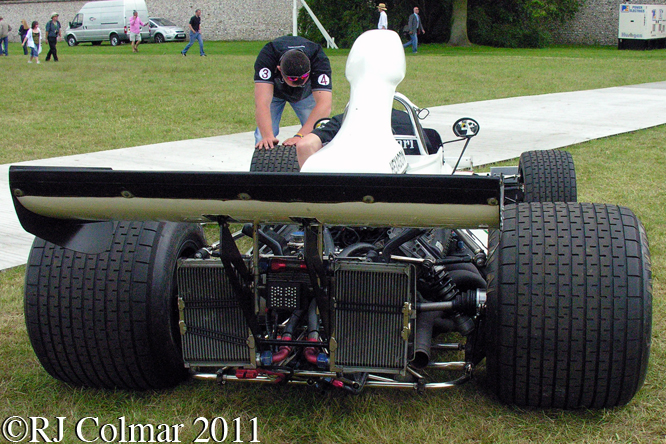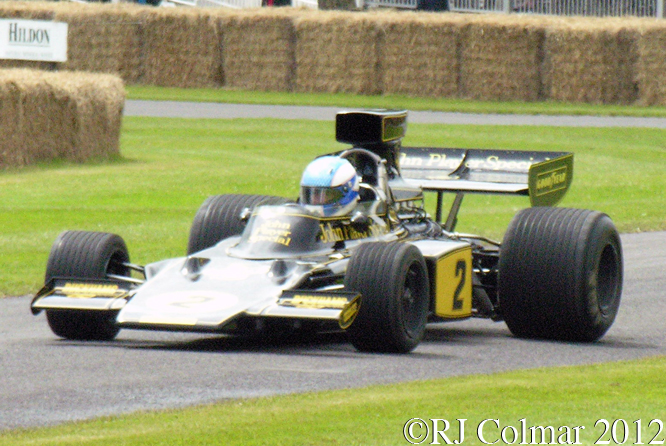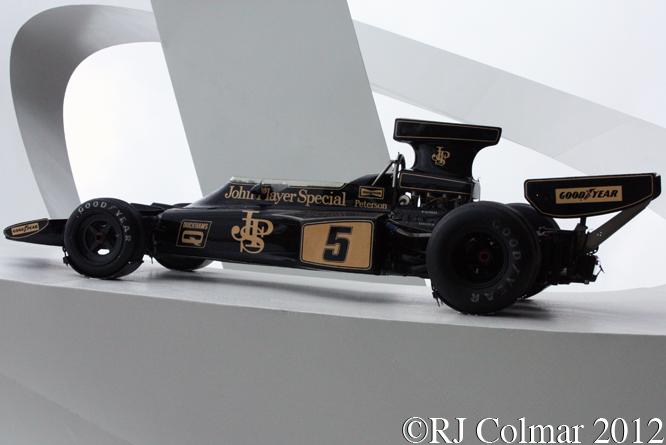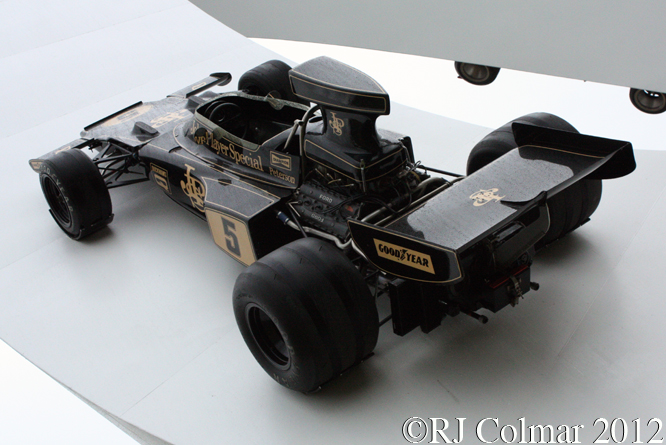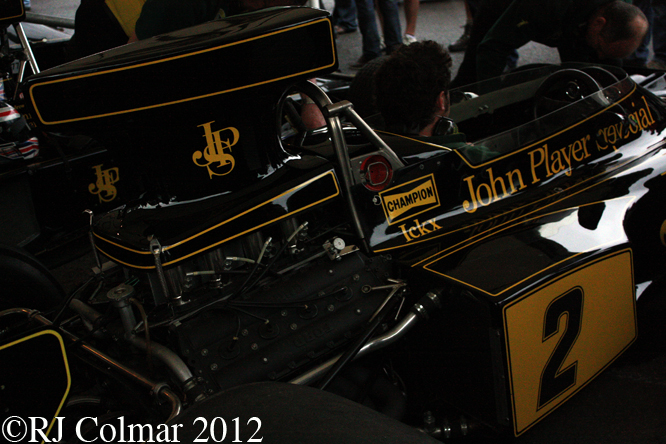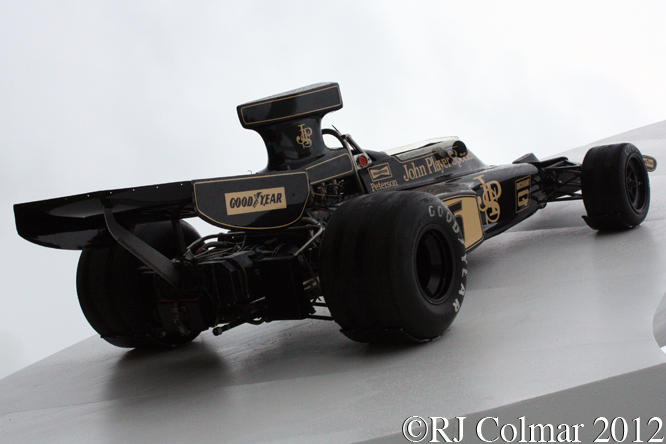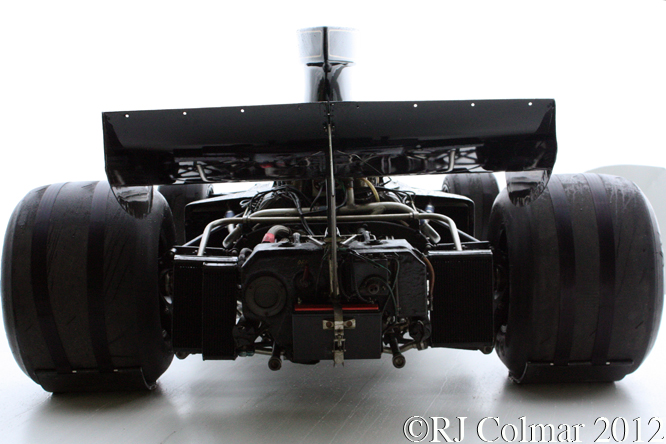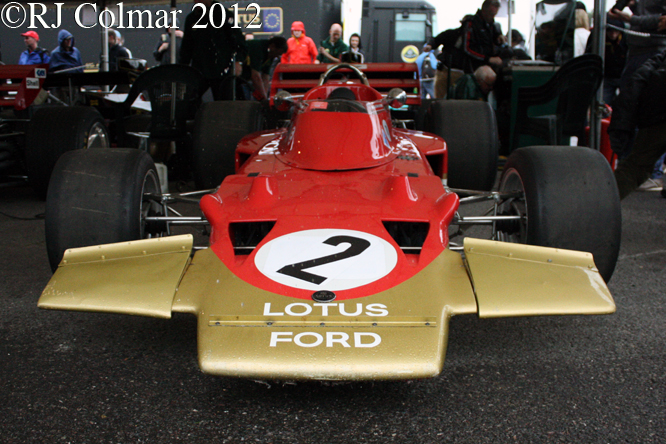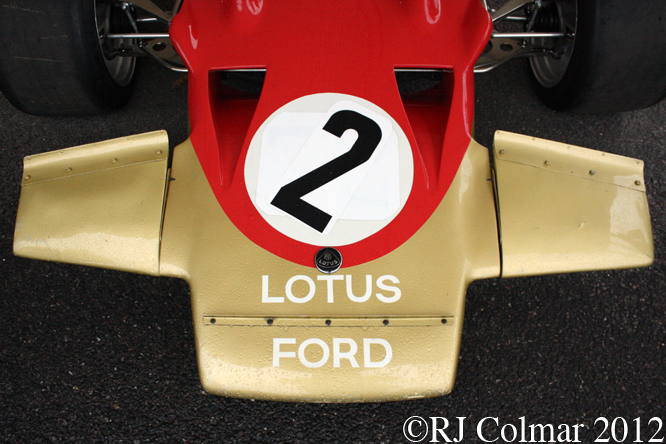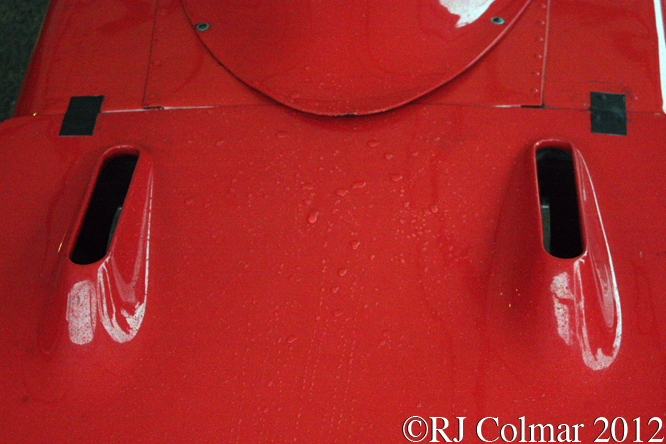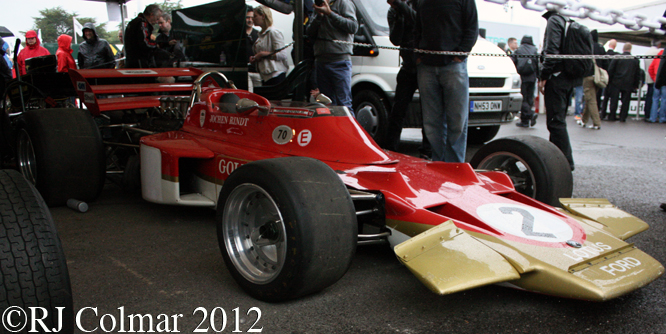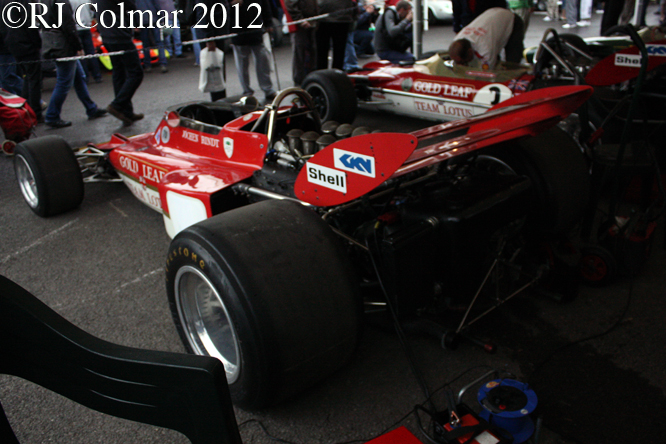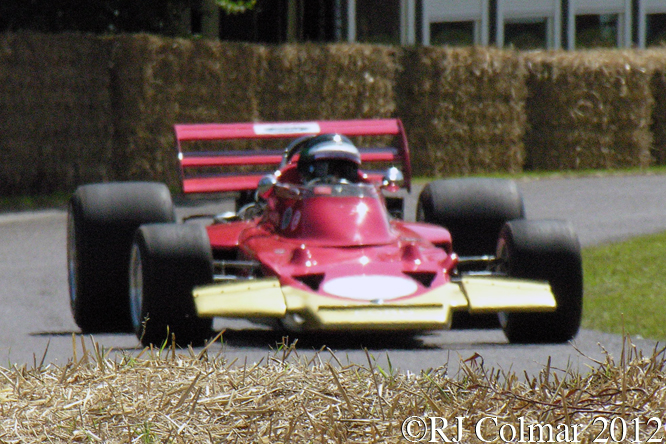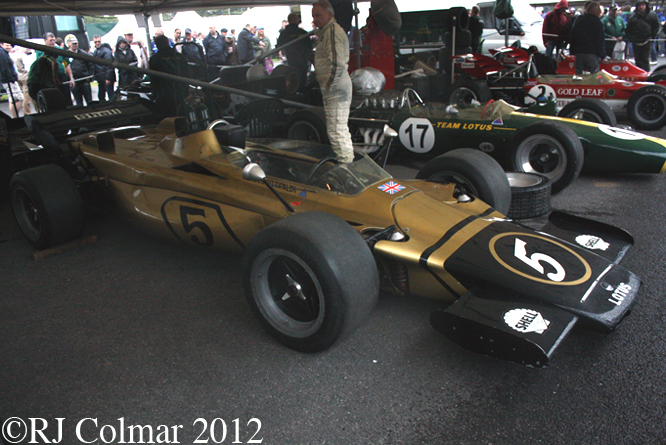Thanks to the modest success of Automobillia sales on my ‘lightpress’ e-bay page a friend recently told me about today’s featured 1975 Marlboro Promotions Dossier which he acquired with a ‘boot load’ of books some years ago.
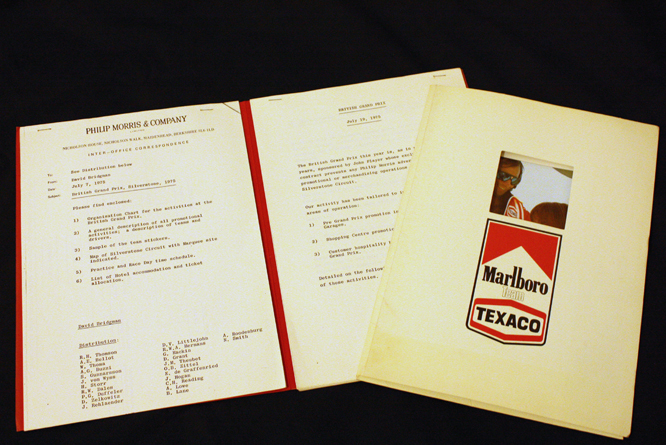
This dossier issued on July 7th by David Bridgman of Phillip Morris & Company Ltd in Maidenhead details the companies plans for promotion of the Marlboro brand and associated hospitality in the run up to and including the 1975 British Grand Prix, an event sponsored by rival brand John Player Special, at Silverstone on the 19th of July.
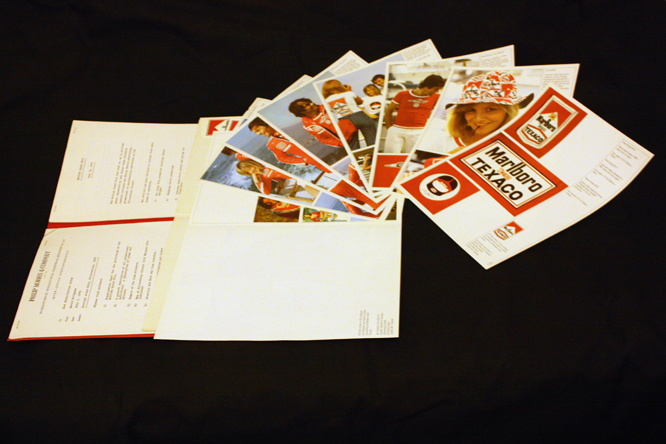
Marlboro became involved in Formula One with BRM in 1972, the partnership lasted two years and resulted in just one Grand Prix victory. After an uncompetitive season in 1973 Marlboro hooked up with former Lotus sponsor Texaco and Emerson Fittipaldi, who won the 1972 World Championship with Lotus, to join forces with McLaren for the 1974 season.
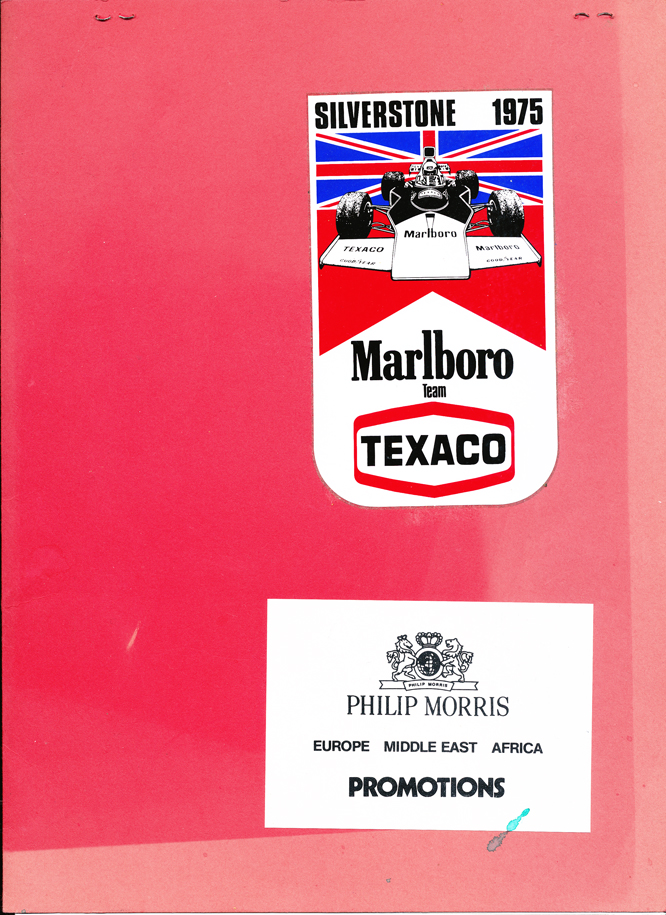
Emerson won 3 Grand Prix and the World Drivers Championship while team mate Denny Hulme won the first race of the Marlboro McLaren alliance to help McLaren secure the World Constructors Championship in 1974.
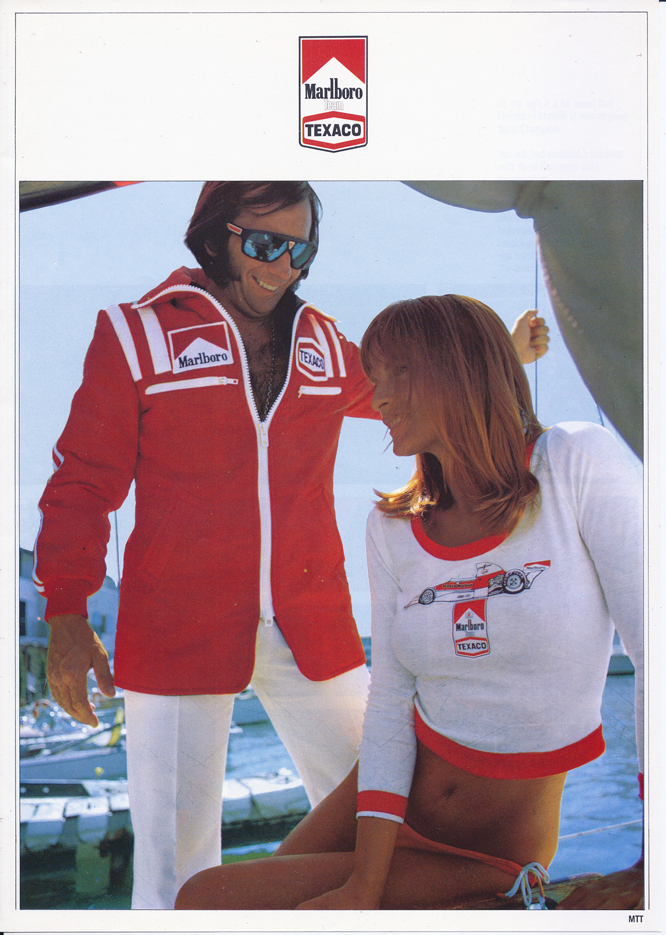
For 1975 Emerson, seen modelling Marboro apparel above, was joined by Jochen Mass after Denny Hulme retired from the top echelon of the sport and as detailed in the Promotions dossier Emerson was third in the championship with Jochen 8th going into the 1975 British Grand Prix.
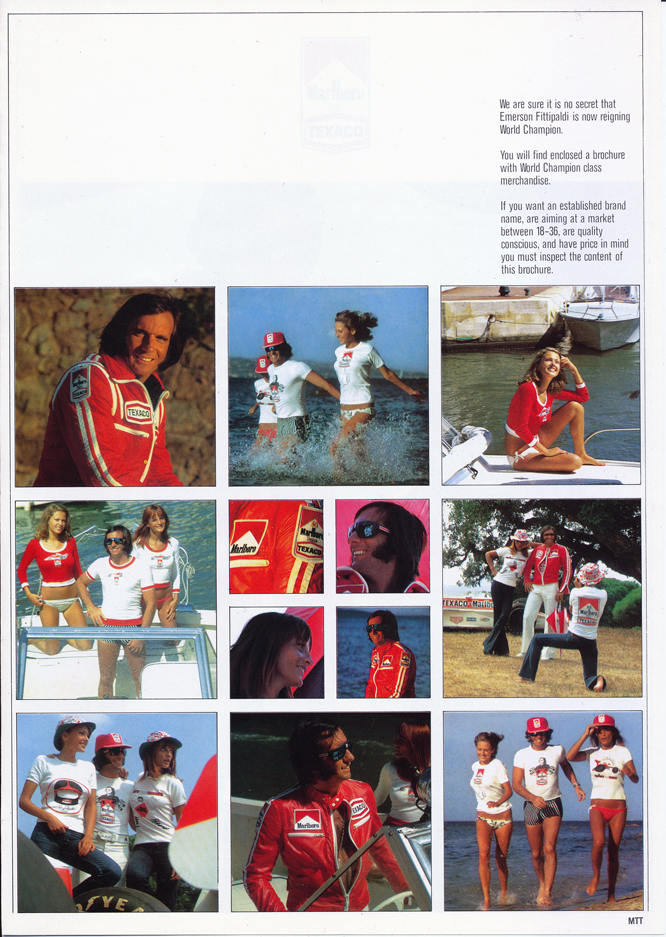
John Player had exclusive rights to advertising, promotional and merchandising at Silverstone, so according to the dossier Phillip Morris focused their attentions to promotions at partner Texaco garages and shopping centres particularly at the Bull Ring Shopping Centre where a ‘real’ McLaren racing car was to be put on display.
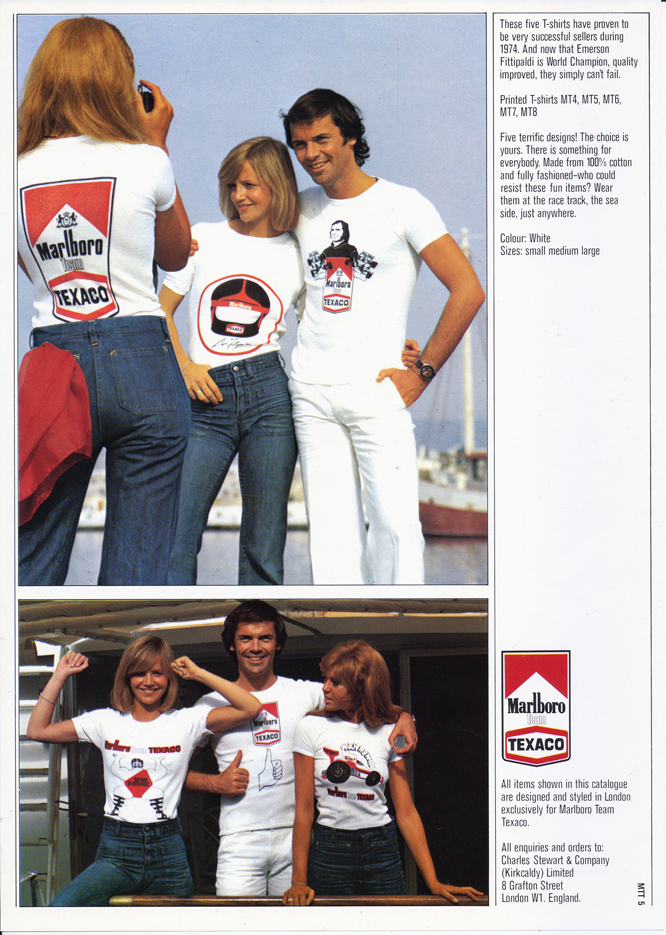
A third strand of Phillip Morris activities was customer hospitality before and during the race weekend which included a party for 94 guests and their partners, staying at two hotels along with 4 McLaren personnel with their partners on the Friday evening before the race, held on a Saturday. On race day Phillip Morris guests were to be bussed from their hotels, the dossier includes room numbers for the guests, to the circuit. Morning Coffee, Lunch and Afternoon Tea were to be served at the Marlboro Marquee, after the event guests were returned to their hotel by bus in time for an evening meal.
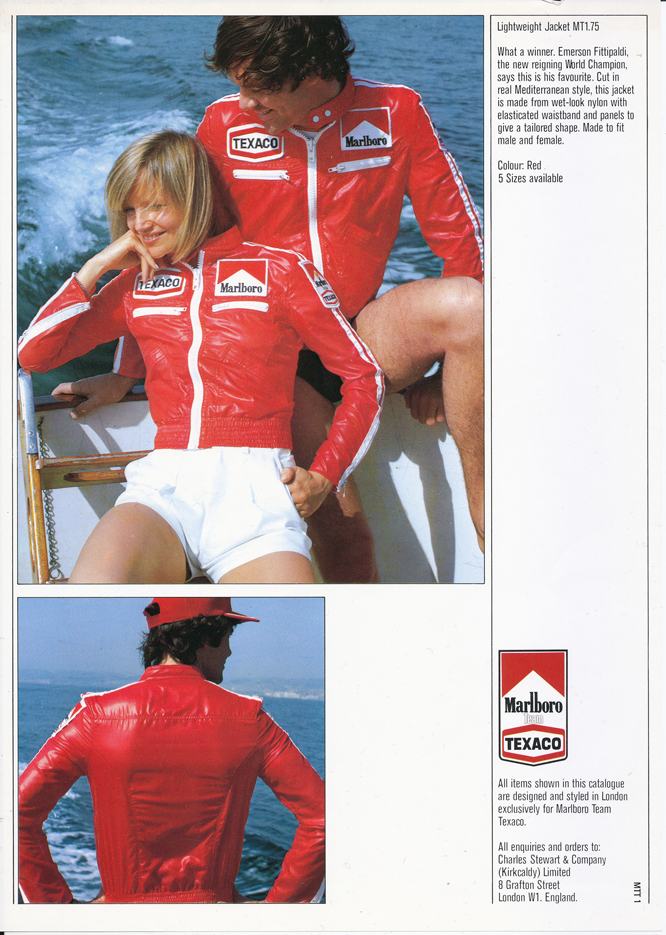
On lap 55 a hail storm caused four of the top six runners to crash out of the British Grand Prix and the race was declared one lap later with Emerson Fittipaldi, who took the lead on lap 44, was declared the winner.
The win would prove to be Emerson’s last Grand Prix victory, he came second in the 1975 World Drovers Championship behind Ferrari’s Niki Lauda, another Marlboro sponsored driver, and then made the surprise move to his brothers Copersucar team which proved to be a disaster for his career. James Hunt replaced Fittipaldi and went on to become 1976 World Champion as detailed in Ron Howards latest film ‘Rush’.
If you would like to bid for this dossier you can find the e-bay details on this link.
Thanks for joining me on this “1975 Marlboro Promotions Dossier” edition of “Gettin’ a li’l psycho on tyres” I hope you will join me again for look at some of the cars that appeared at the recent Danville Concours d’Elegance. Don’t forget to come back now !


